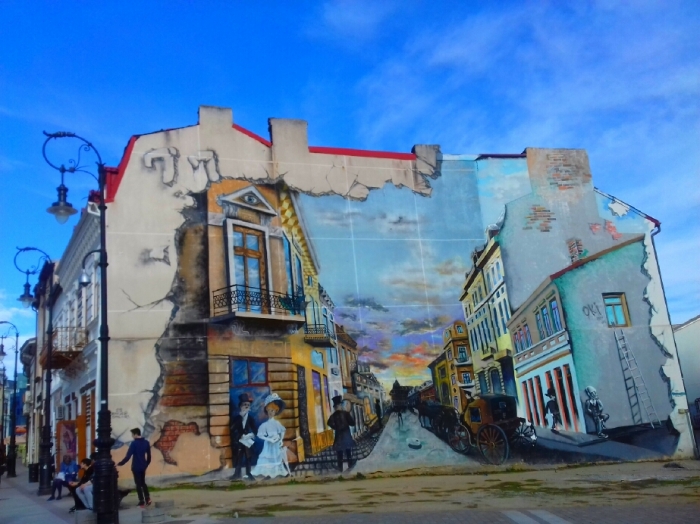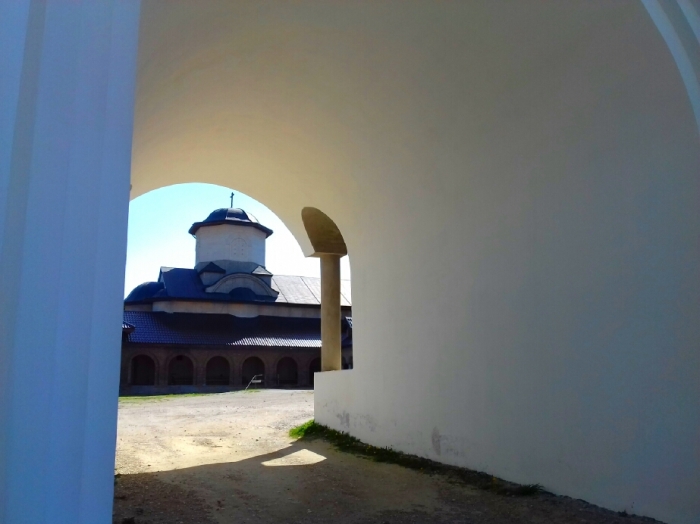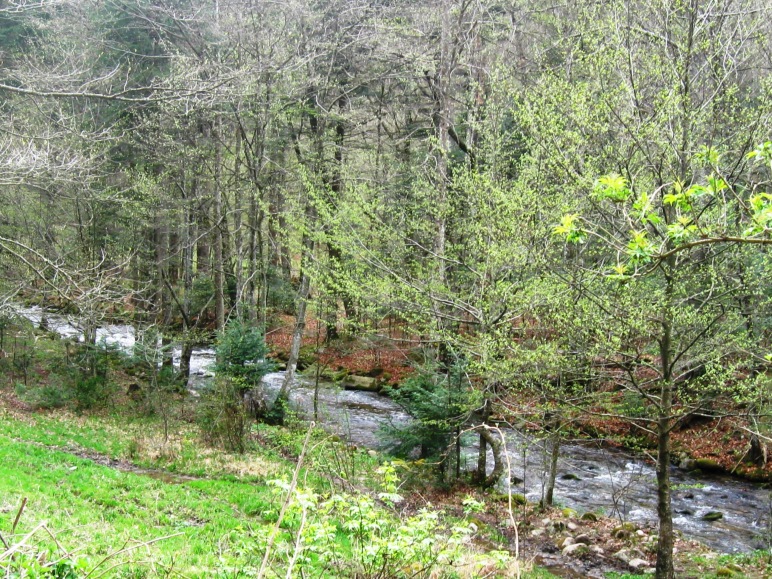With cobbled streets, colorful buildings, and a pedestrian-friendly Old Town, it’s difficult not to fall in love with Sighisoara. Yes, it can feel a bit crowded in the summer. But it’s still well worth a visit.
Sighișoara is a city on the Târnava Mare River in Mureș County, Romania. Located in the historic region of Transylvania, Sighișoara is a popular tourist destination for its well-preserved walled old town, which is listed by UNESCO as a World Heritage Site.

Sighisoara (Schäßburg – Schassburg or Schäsbrich in German) still stands as one of the most beautiful and best-preserved medieval towns in Europe.The origins of Sighisoara city go back to the Roman times. During the First Century AD, the Dacians (ancient inhabitants of the territory of modern Romania which eventually will develop into the Romanian people), built a fortification called Sandava.
Under the Roman administration it was known as Castrum Stenarum.
During the 12th century, the Transylvanian Saxons built a new citadel which was named Schäßburg.

Designated as a World Heritage Site by UNESCO, it owns nine towers, cobbled streets, burgher houses . It is also the birthplace of Vlad Dracula.It was he who inspired Bram Stoker’s fictional creation, Count Dracula.Vlad’s father was ruler of nearby Wallachia, but was in exile in Transylvania when Vlad was born.
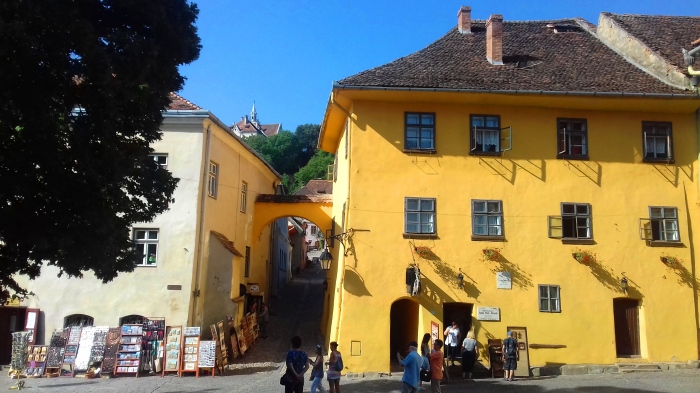
Sighisoara’s main point of attraction is the Clock Tower, also known as the Council Tower, built in the second half of the 14th century and expanded in the 16th century. The four small corner turrets on top of the tower symbolized the judicial autonomy of the Town Council.
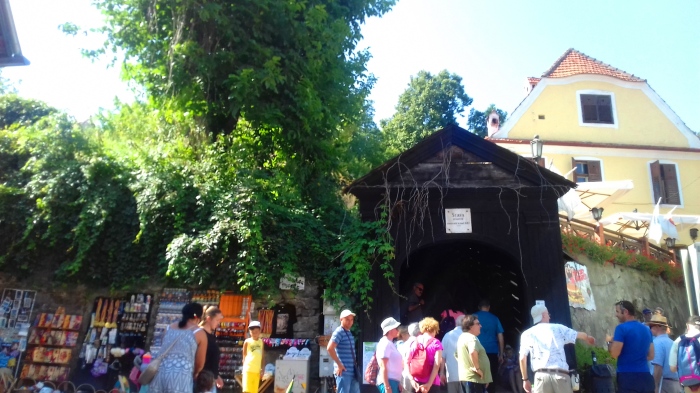
The Scholars’ Stairs( built in 1642)
Located at the end of School Street and connecting the Citadel Square with
the Church on the Hill, the Scholars’ Stairs, or Schoolboys’ Stairs, as it was also known, makes for an interesting piece of medieval architecture. There are 175 stairs, nowadays.

Sighisoara’s walled Old Town consists of roughly 3 main streets. You can easily explore the whole place on foot in one afternoon without any trouble.
Sighisoara also has a handful of really good museums dedicated to its history, which include the museum in the Clock Tower, and a torture museum right next door( I,personally did not like it)
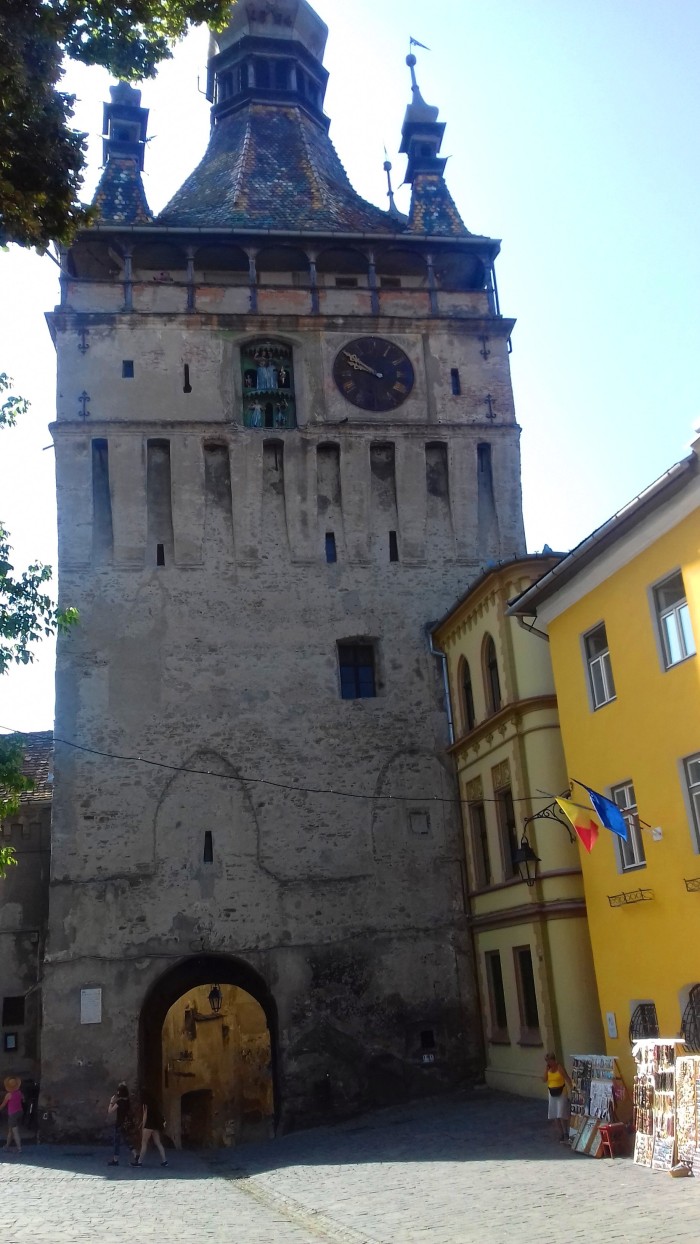
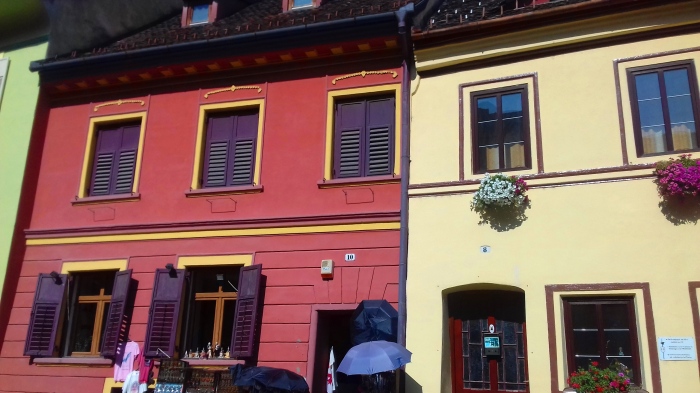
Even the windows and doors here are colorful. There is an explosion of beauty!Due to its dazzling well-preserved medieval architecture and fortifications,Sighisoara is today one of the most gorgeous and authentic small medieval towns of Europe.
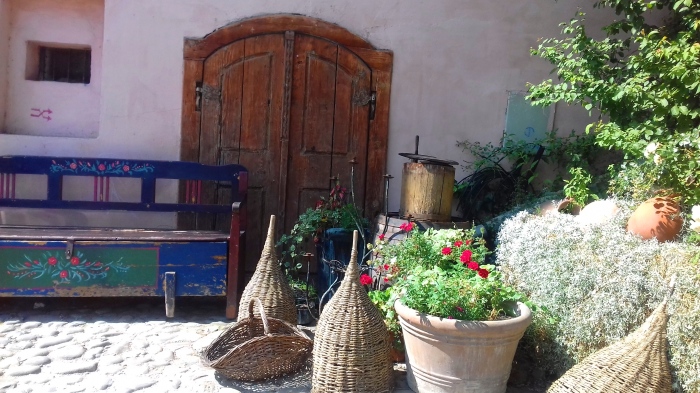
The main attraction of the city is the Medieval Citadel surrounded by a wall with a length of 930 meters, reinforced with fourteen defense towers and five artillery bastions each of them built and maintained by one of the fifteen local guilds. Today nine of the original fourteen defense towers can be seen, they are: the Blacksmith Tower, the Rope Makers’ Tower, the Butchers’ Tower, the Furriers’ Tower, the Tailors’ Tower, the Shoemakers’ Tower, the Tin Tower, and the Tanners’ Tower.
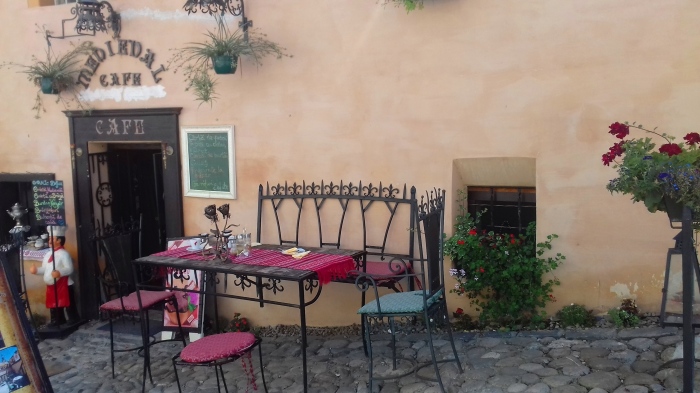




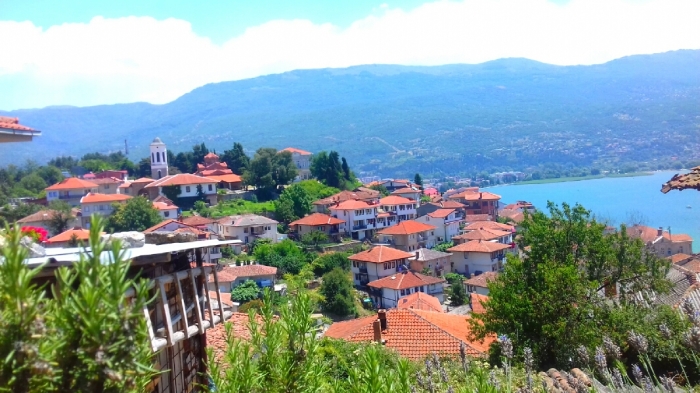



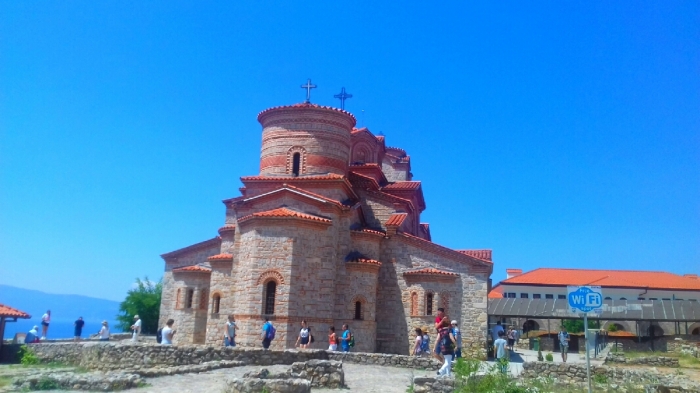
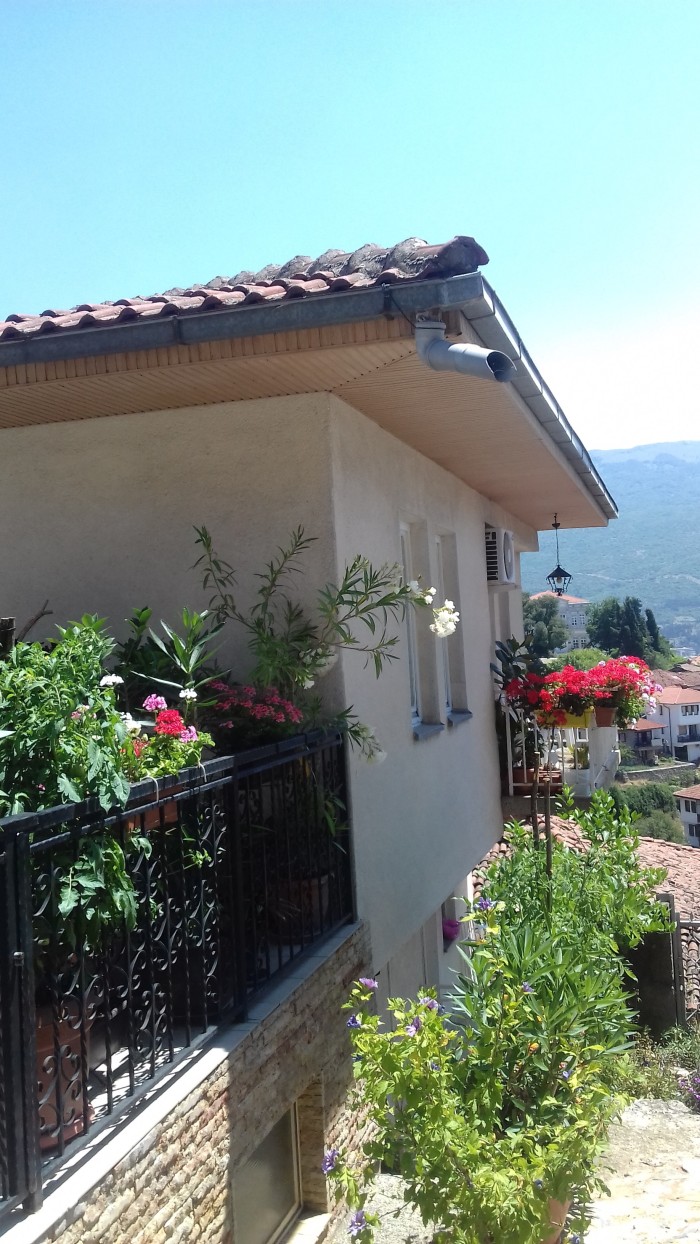

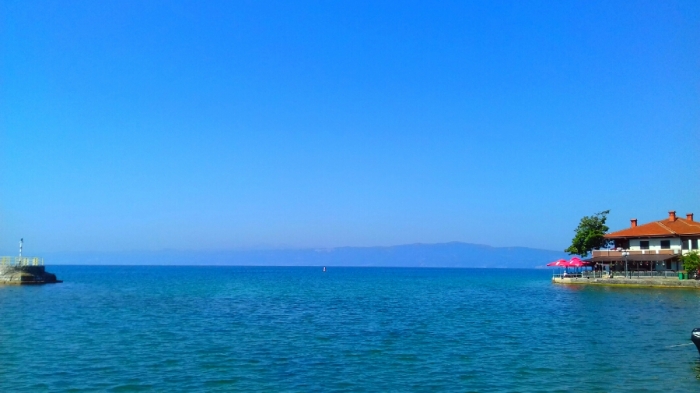

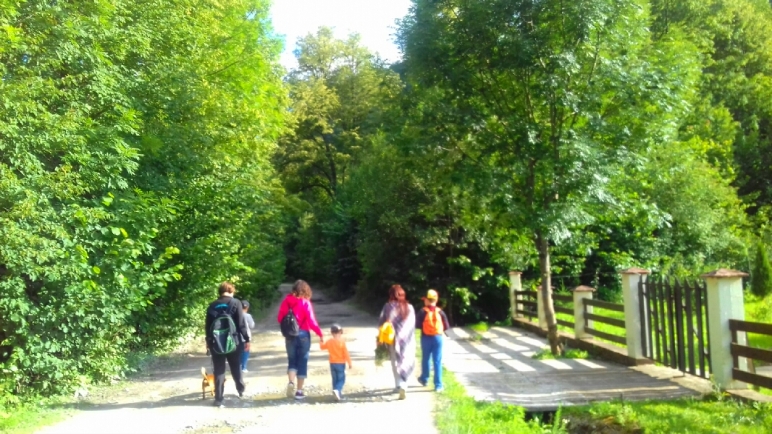


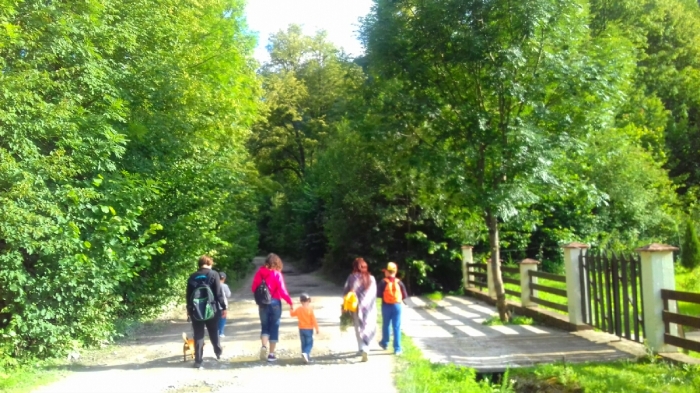
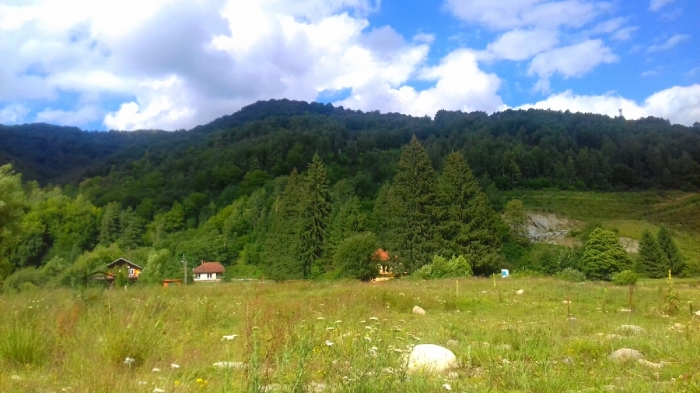
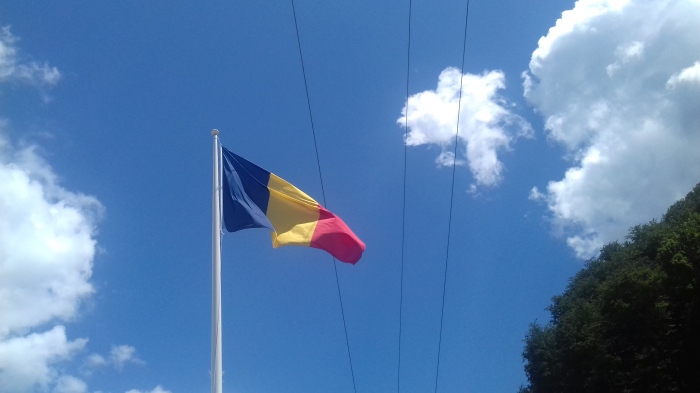
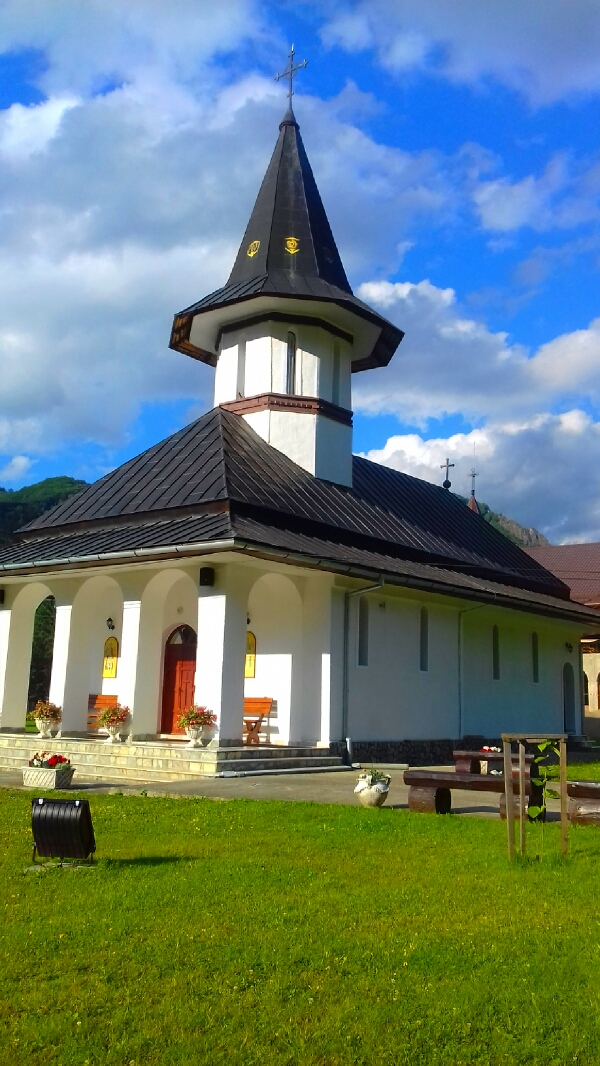

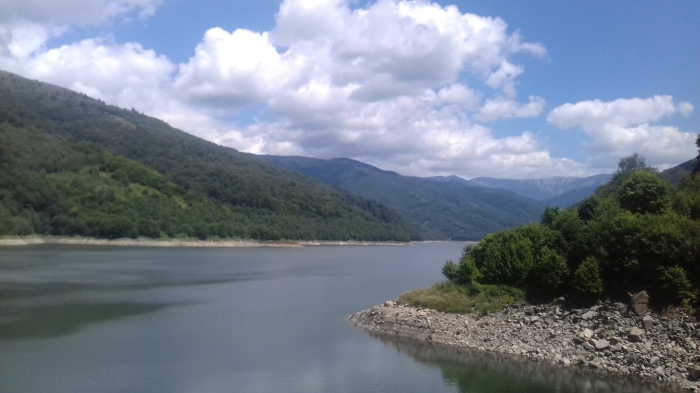 Although this place seems to grow and develop constantly , there are still some shortcomings that you may find annoying. For example, on a sunny Sunday afternoon , we were unable to find a place to eat. Moreover, there were a a few big stray dogs that appeared out of nowhere while you are walking.
Although this place seems to grow and develop constantly , there are still some shortcomings that you may find annoying. For example, on a sunny Sunday afternoon , we were unable to find a place to eat. Moreover, there were a a few big stray dogs that appeared out of nowhere while you are walking.























